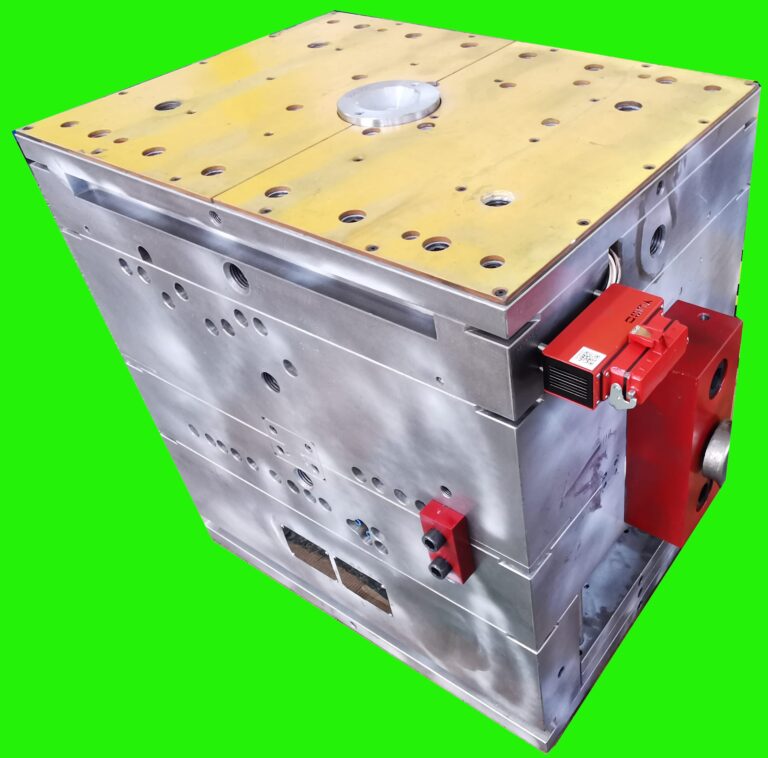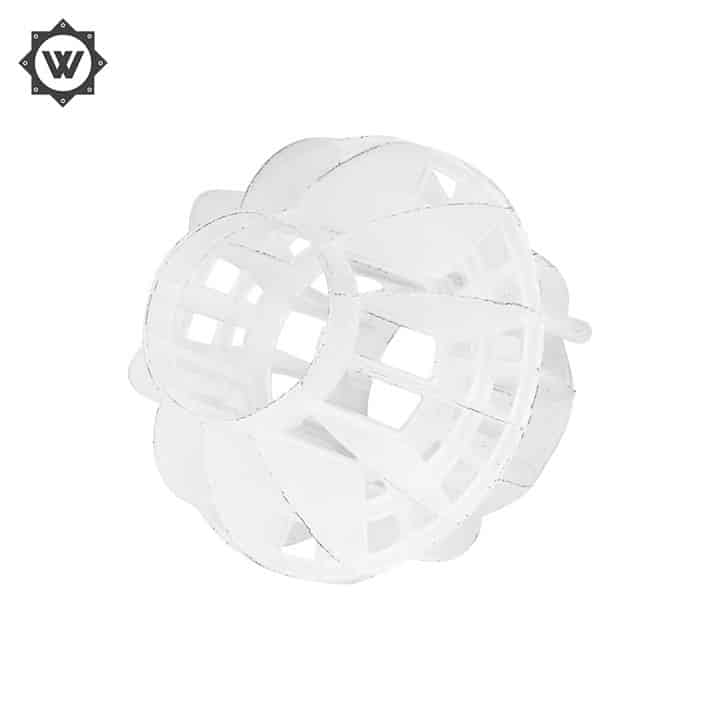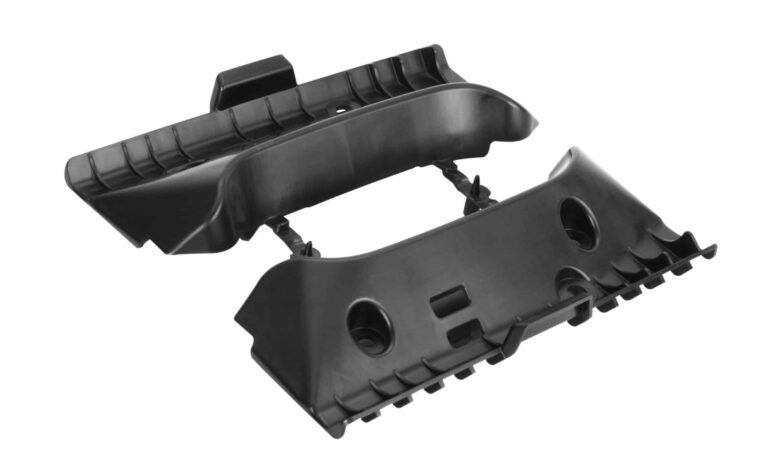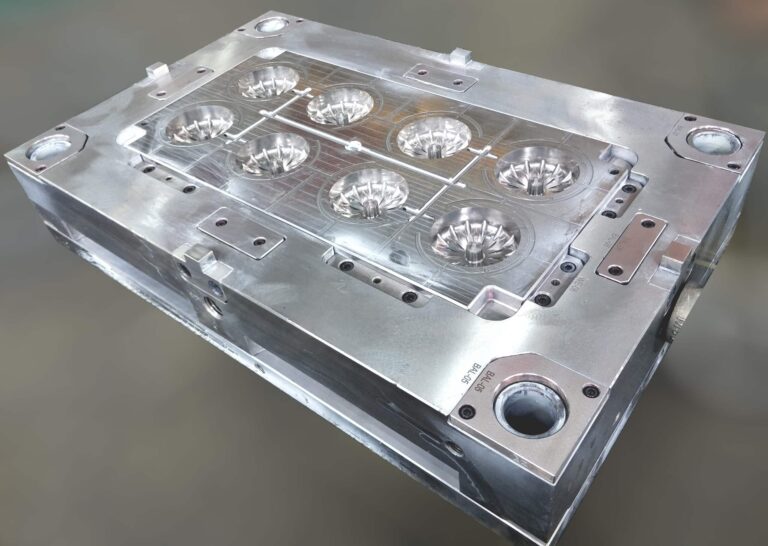Composition, advantages and disadvantages of hot runner technology
Hot runner technology is an advanced technology applied to the runner system of plastic injection mold, and it is a hot direction in the development of plastic injection molding technology. The so-called hot runner molding refers to that the plastic sent to the gate from the nozzle of the injection machine is always in a molten state. It does not need to be solidified and taken out as waste material each time the mold is opened. The molten material trapped in the gating system can be injected into the mold cavity when it is injected again.
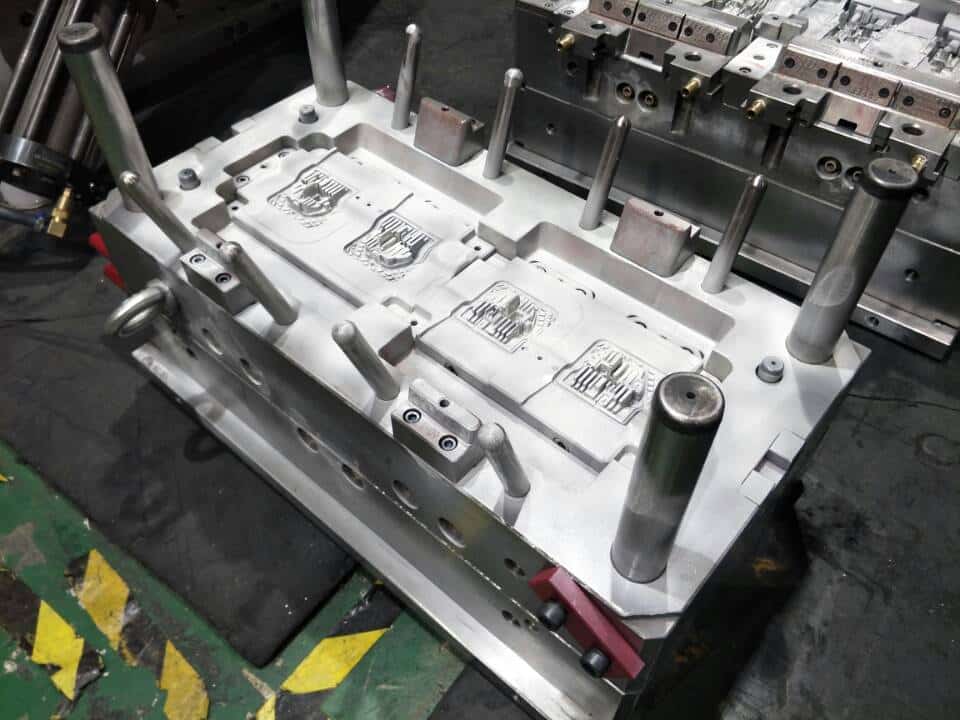
Composition of hot runner system:
The hot runner is composed of hot runner plate, nozzle, heating element and temperature controller. Compared with the cold runner, to achieve this, the hot runner must maintain the molten state of the material in the hot runner, and will not be sent out with the formed part. The hot runner process is sometimes referred to as a hot header system, or as runner less molding. Basically, the heat collecting pipe can be regarded as an extension of the barrel and the nozzle of the injection molding machine. The function of the hot runner system is to deliver the material to each gate in the mold.
Advantages of hot runner technology:
1: Save raw materials and reduce costs.
2: Shorten molding cycle and improve machine efficiency.
3: Improve the surface quality and mechanical properties of products.
4: Point gates can be used without using a three plate mold.
5: Single products can be economically molded with side gates.
6: Improve automation.
7: The pin valve gate can be used to control the freezing of the gate.
8: The quality of the injection parts of the multi cavity mold is consistent.
9: Improve the surface aesthetics of injection molded products.
Disadvantages of hot runner technology:
1: Mold filling is difficult.
2: Deformation of large thin-walled parts.
3: Waste of raw materials of runner.
4: The quality of injection parts of multi cavity molds is different.
5: The die structure is complex, the cost is high, and the maintenance cost is high.
6: It takes a period of time for the process to be stable when starting up, resulting in more waste products.
7: In case of melt leakage and heating element failure, the product quality and production schedule will be greatly affected.

